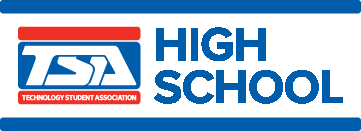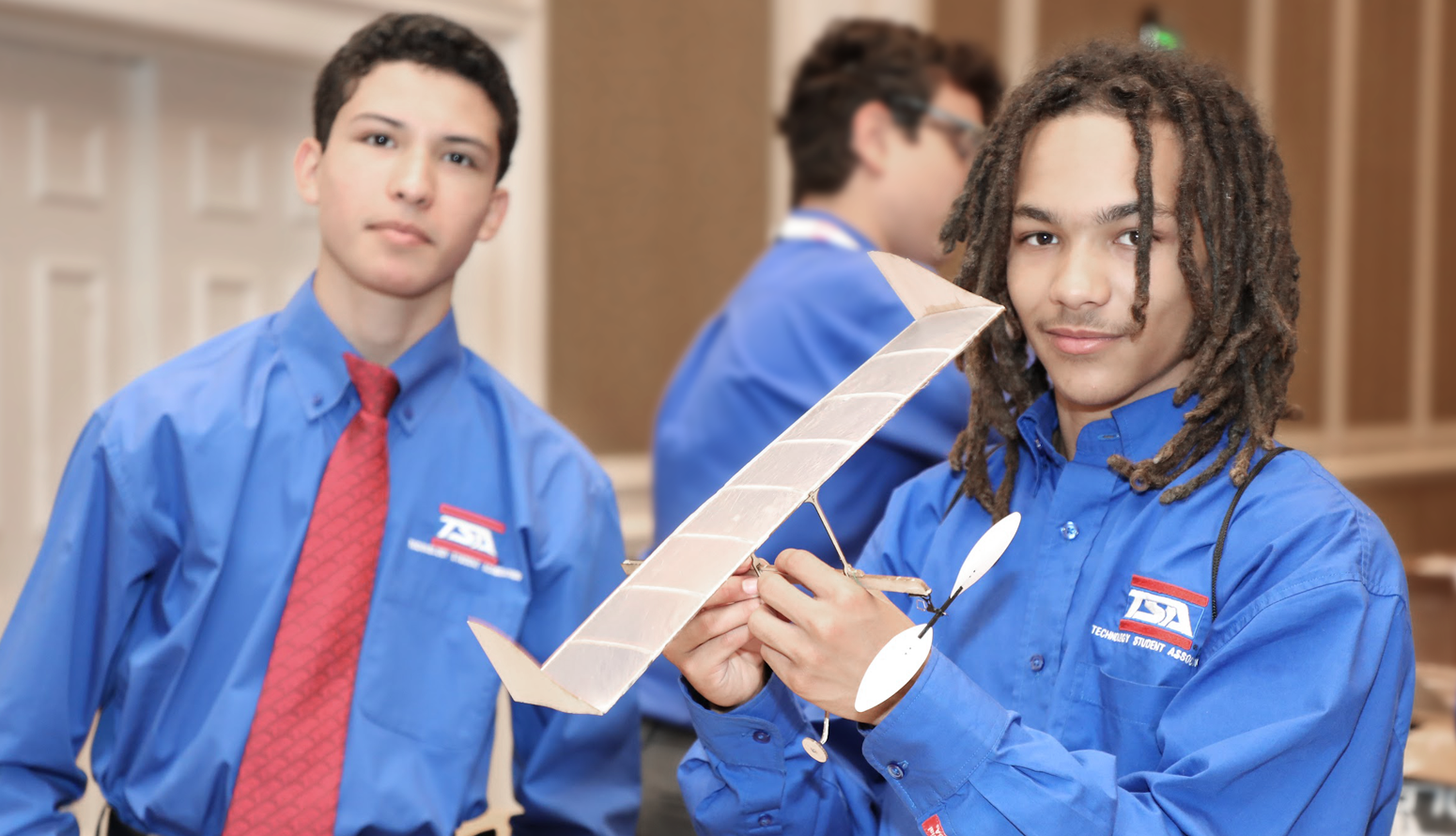
TSA offers 36 middle school competitions. Click on a category below to view a list of TSA middle school competitions and their summary descriptions in that category.
Inventions and Innovations
Participants research a need - and brainstorm a solution - for an invention or innovation that can be produced using recycled materials. Participants document their work in an interactive display and create a model/prototype. Semifinalists deliver a presentation about their work and participate in an interview.
Leadership Strategies
Participants prepare for and deliver a presentation about a specific challenge that officers of a TSA chapter might encounter. Semifinalists follow the same competition procedure but must respond to a different chapter challenge.
Mass Production
Participants manufacture a marketable product that addresses the annual theme. The development of the product prototype is documented in a portfolio that presents participant knowledge and skills related to the mass production process. Through a demonstration of the prototype and an interview, semifinalists support the viability of the prototype.
Mechanical Engineering
Participants design, document, and build a mechanical device (working catapult) that incorporates the elements of the annual theme/problem. Finalists are determined based on an evaluation of the documentation portfolio and participation in a head-to-head bracket.
Medical Technology
Participants conduct research on a contemporary medical technology issue related to the annual theme, document their research, create a display, and build a prototype. Semifinalists deliver a presentation about their entry and participate in an interview.
Microcontroller Design
To address the annual theme/problem, participants design and create a working digital device, document the development process, and demonstrate their product as part of a presentation.

TSA offers 36 middle school competitions. Click on a category below to view a list of TSA middle school competitions and their summary descriptions in that category.
Biotechnology Design
Participants select a contemporary biotechnology problem that addresses the annual theme and demonstrates understanding of the topic through documented research, the development of a solution, a display (including an optional model or prototype), and an effective multimedia presentation. Semifinalists deliver a presentation and participate in an interview.
Forensic Science
Participants take a test of basic forensic science to qualify for the semifinal round of competition. Semifinalists examine a mock crime scene and demonstrate their knowledge of forensic science through crime scene analysis, with the findings synthesized in a written report/analysis.
System Control Technology
Participants develop a solution to a problem (typically one from an industrial setting) presented onsite at the conference. They analyze the problem, build a computer-controlled mechanical model, program the model, demonstrate the programming and mechanical features of the model-solution in an interview, and provide instructions for evaluators to operate the model.
